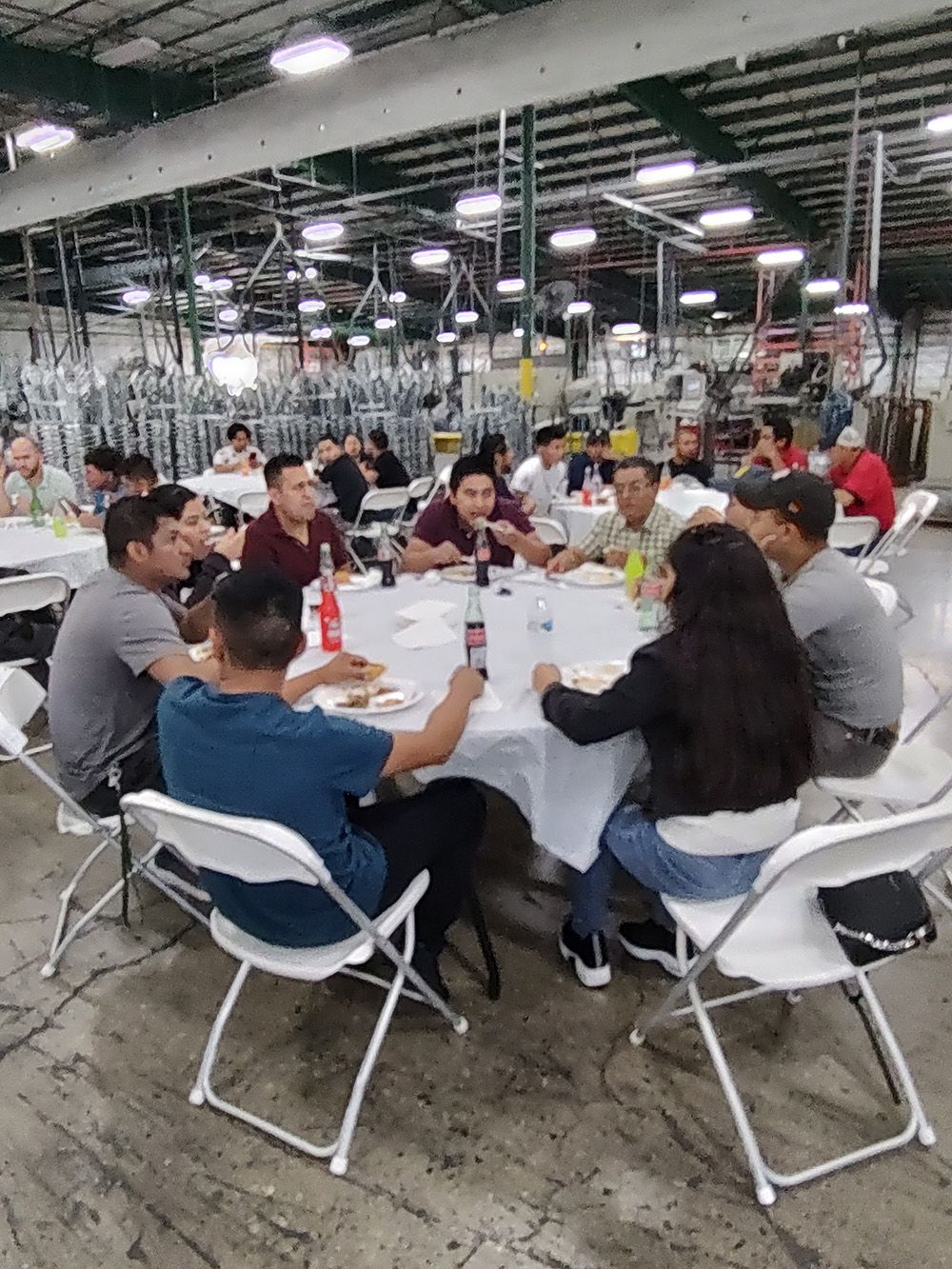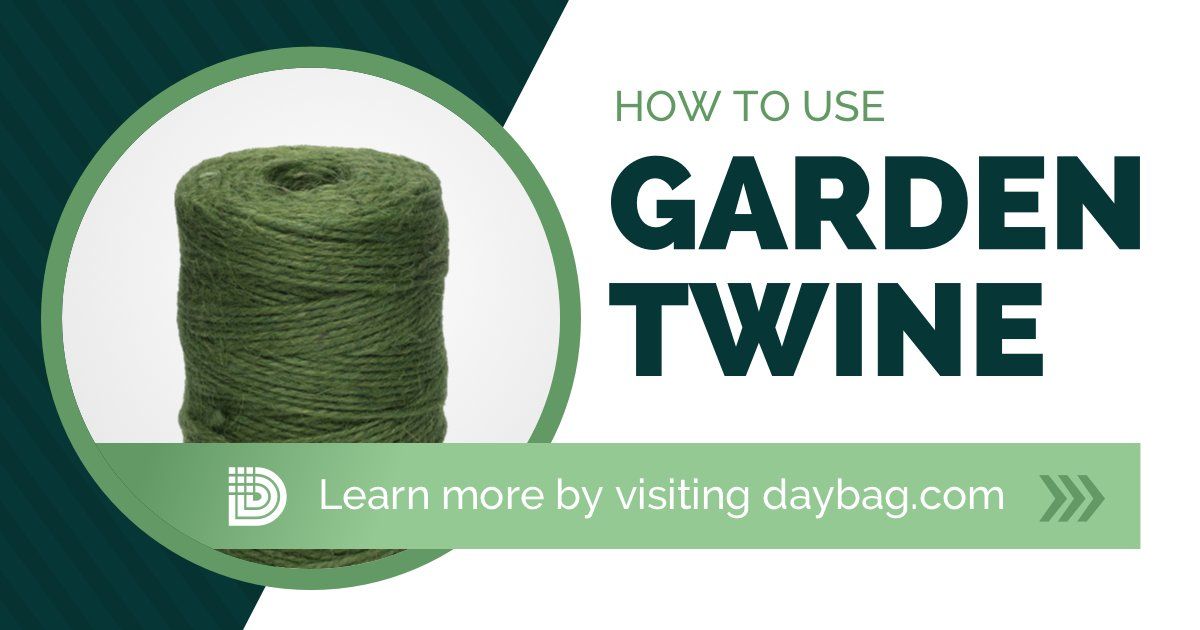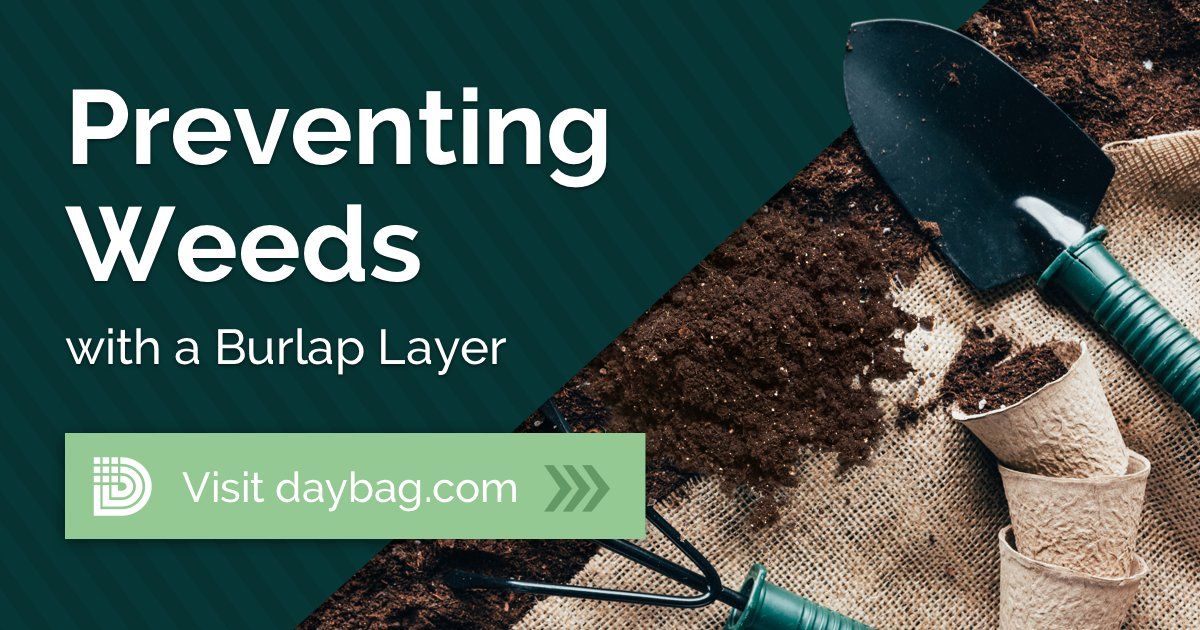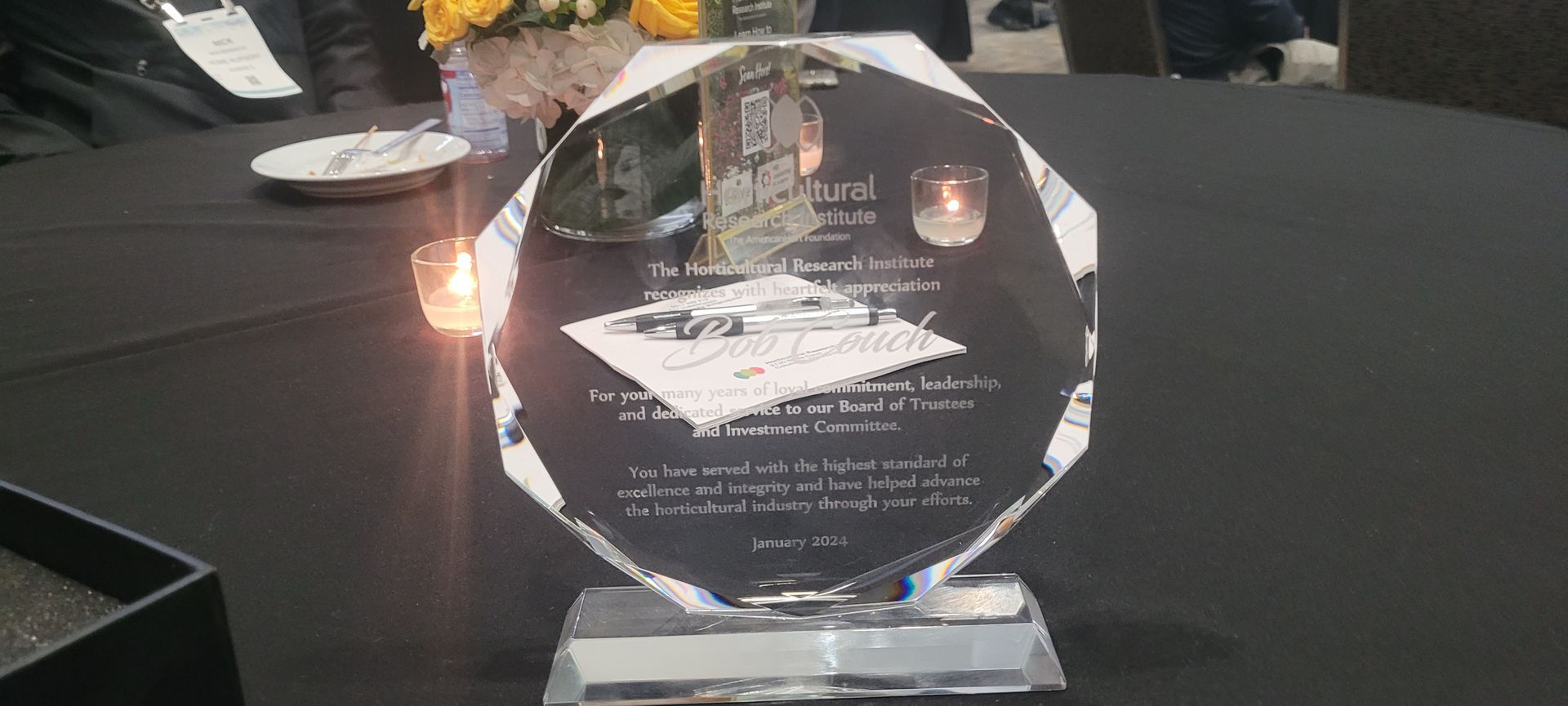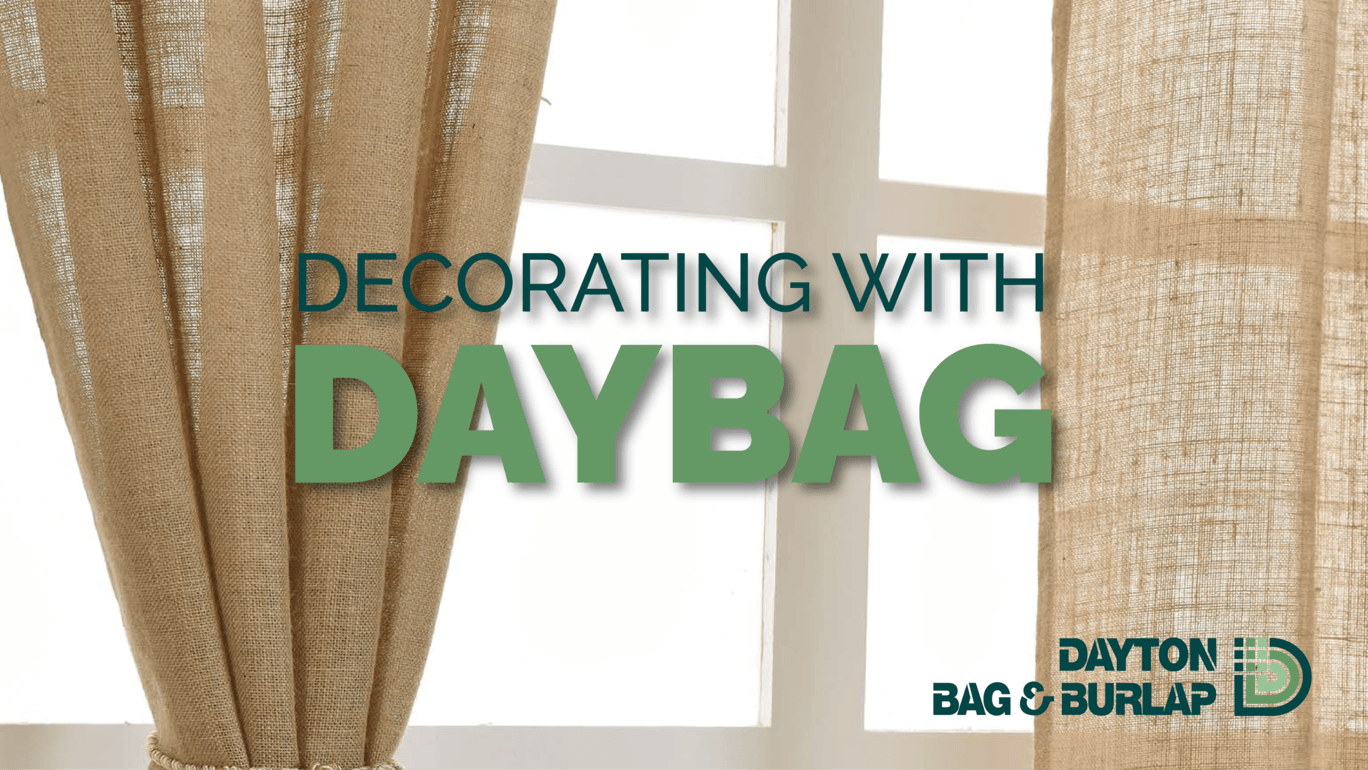FALL TRANSPLANTING SHRUBS AND TREES WITH BURLAP
With Summer winding to an end and Fall approaching it's time to consider your trees and shrubs. Have you ever thought perhaps one of your trees would look much better if it were in a different spot in your landscaping? Sometimes trees or shrubs have outgrown their current location and sometimes it would just be better if they were relocated where they would look and grow better.
Like pruning, the best times to transplant trees or shrubs is during the dormant months of the year, generally, spring or fall is best for these activities. In the fall it's best to do any transplanting before the first frost of the year. In the spring the tree will start sprouting in late spring to early summer, you'll want to have the transplant done before that begins.
When transplanting shrubs or trees with the root ball secured in burlap, there are some necessary steps you should take to ensure the health of the plant. This includes evaluating a good planting site, pruning the roots and proper transplanting.
Before you begin the transplanting process, see to it that the future site of the shrub or tree is in good condition. Making sure that the conditions of the site meet the growing requirements of the plant is crucial for optimal plant growth. This means checking growing conditions, light levels, the pH of the soil, drainage and sun exposure. Ensuring the right growing conditions is the first step in successful plant transplanting.
The next important step to take is pruning the roots of the tree or shrub. Since you will be damaging many of the feeder roots during the transplanting process, keep in mind that transplanting is a somewhat risky process. Feeder roots are primarily in charge of absorbing vital nutrients and water needed for growth. In order to reduce plant shock, it is recommended that you prune the roots of the plant several months to a year before transplanting.
By pruning the roots of the tree or shrub, it encourages the plant to generate new feeder roots. The idea is to permit growth of new feeder roots constrained to the area of the future root ball. One thing to keep in mind is that the larger the tree or shrub is, the larger the root ball will be. This means more roots will need to be included in the burlap-covered root ball.
In most cases, root pruning is suggested in the fall, with transplantation being done in the spring. However, this may not always be the case, just be sure utilize the dormant months to fit your schedule and to make transplanting less risky for your trees and shrubs. Doing this will allow new feeder roots to grow in the pruned area over winter without having to aid in new growth. One thing to keep in mind is that larger plants will need a longer period of time to become re-established after transportation.
Before moving the plant, be sure that you dig a hole for it in the new location, digging it deep enough so that the plant will be at the same depth as its current position. Also before moving and prior to wrapping the root ball in burlap, be sure that you thoroughly soak the root ball of the plant to keep the soil together while digging. You will then want to carefully start digging the soil away from the root ball.
Once you have done so wrap the entire root ball in untreated, natural burlap. Using synthetic burlap can cause future problems as it will not rot away and will eventually limit root growth. Make sure the burlap is secured tightly together to keep the roots in place. While using twine to stitch the burlap together is an effective method, incorporating a wire basket or windmill will help ensure that the root ball stays tightly intact during transportation.
Using a cart, burlap, cardboard or another method of your choice, carefully move the plant to the new location. Be very careful to keep the root ball in place. If the soil breaks, so can the roots inside of the root ball, which could cause your tree or shrub to die. This is why using a wire basket or windmill over the burlap covered root ball is a good measure to take to ensure its security. Removing the wire basket, windmill and/or burlap is not necessary. The burlap will eventually disintegrate and new roots will begin to grow through the wire. Once the tree or shrub has been placed in the new hole, cover it with topsoil and finish with 3-4 inches of mulch. Be sure to water frequently throughout the season.
Dayton Bag & Burlap is here to help you with your
burlap needs. From rolls of burlap to
staples and nails, we have you covered. Contact us today and one of our experienced staff will help you find the best quality products for all your needs!

